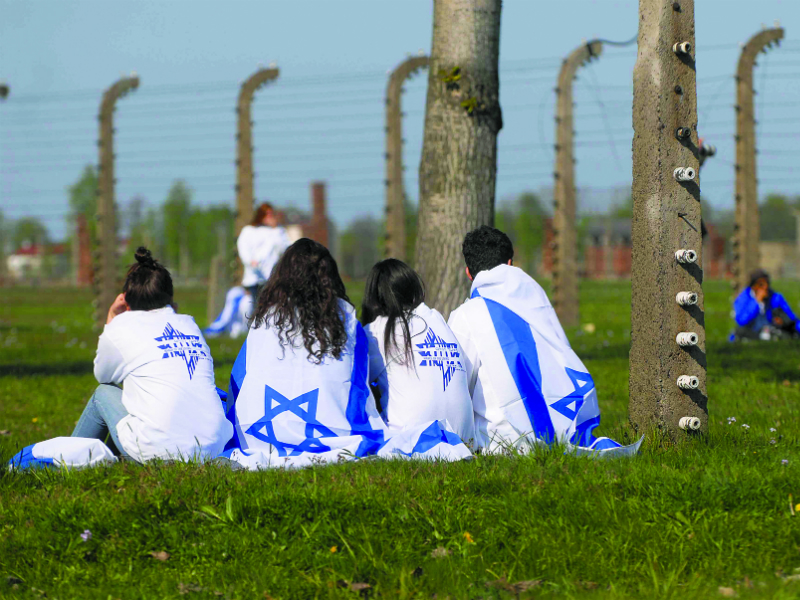When I began teaching university courses on the Shoah, most of my students had a direct personal stake in the subject. I was on the east coast of the United States, teaching at a mid-sized state university with relatively few Jewish students. A disproportionate number of them found their way into my courses.
By the end of each term, many students would have identified themselves as having a special connection to what we were studying. Among those were children of Holocaust survivors, and children of German or other national descent whose parents’ activities during the war were ambiguous or unspoken. The students were drawn to learn about the past, but also, in some sense, to probe important questions about themselves and the familial, cultural, and religious legacies that had been passed on – or deliberately not passed on – to them. They wanted to better understand their parents and their family dynamics that had shaped them, and to be accountable, one way or another, for the past.
That sense of personal and direct investment in studying the Shoah intensified when I began to teach in Canada. The percentage of Jews who are descendants of Holocaust survivors here is far greater than in the United States. In large numbers, the Jewish students in my courses were children, and then grandchildren, of survivors. And many of the non-Jewish students traced their families to European countries implicated, one way or another, in the Nazi genocide.
Now, more that 75 years after the events of the Shoah, in a different millennium, many of us engaged in Holocaust education at different levels and contexts sometimes wonder how long student interest in courses on the Shoah will persist. At what point will students see this terrible part of the past as – to use Primo Levi’s poignant phrase – “distant, blurred, historical”?
This question is intensified in view of the ways in which immigration to Canada has reshaped the demographics of this country and its cities. These shifts are mirrored in student populations at our universities. These days, many Canadian students are immigrants themselves, or children of recent immigrants. Some are refugees from dangerous and difficult places. Often their inherited memories and traditions have little to do with Europe and its fraught history. There is, perhaps, no innate reason why contemplating this abysmal slice of the past would compel them, would speak to what they contend with in their own lives, their own world.
Yet, judging not only by my own courses but by those offered by colleagues at other universities, there is little evidence that interest in the Shoah has diminished. The demographics of the students who take my courses has surely expanded over time. So many of them come from families grappling with the upheaval and diminished circumstances of immigration. While the Shoah is not their history, it speaks powerfully to them. Many contend personally with prejudice linked to ethnicity, gender, place of origin, social class. The danger of otherness speaks directly to them.
Because what they learn of the Shoah connects to issues in their own cultural memory, they zero in on the fraught psychological and ethical issues raised by the Holocaust. They feel compassion and connection with the Jewish experience, and they draw links with their own inherited issues, and place it in wider context.
Over time, I have taught – and learned from – students who share their own background. Many recount family stories of refugee camps, prisons, genocides. Some of my students come from families who survived the Rwandan genocide. Several students have told me that, as Kurds, they identify deeply with the Jewish people, because, as people without a land of their own, they understand the perils of existing only as a minority culture, without a homeland of one’s own.
The issues we discuss in class – trauma, memory, commemoration, justice, power, accountability – help them to probe their own lives, and also to reach compassionately to other people’s experiences and cultures.
